Église Saint-Gilles
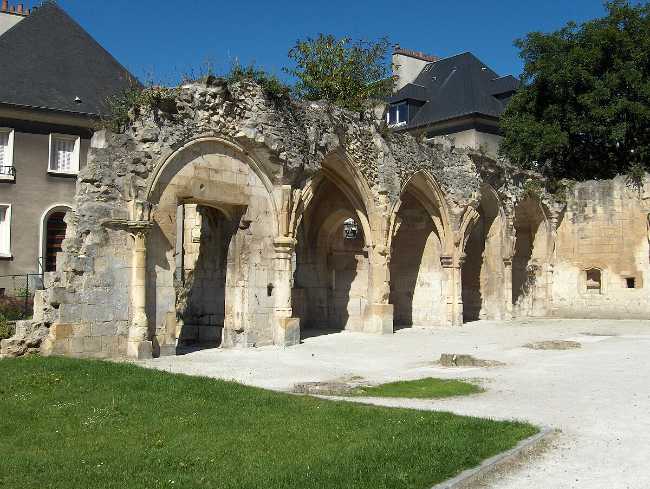
Perched on the heights near the Abbaye‑aux‑Dames, the Église Saint‑Gilles of Caen traced its origins to the late 11th century, though excavations reveal the site was sacred ground as early as the 8th century. Dedicated to Saint Giles the Hermit, it served one of the city’s smallest parishes, its territory stretching from the Vaugueux to the prairies that bore its name. Over the centuries, the church evolved from its early Romanesque form, standing apart from the dense urban fabric and even hosting a bell foundry between the 13th and 18th centuries. Badly damaged during the Second World War, it was destroyed in 1944, leaving only fragments of walls and foundations. Today, these remains, preserved within a quiet public garden, offer a poignant reminder of Caen’s medieval landscape and the resilience of its heritage, where history endures not only in grand monuments but also in the traces of places once central to community life.
Caen FranceThe Église Saint-Gilles in Caen is an ancient church site located on Place Maurice Fouques, perched on a plateau between the venelle Campion and rue des Chanoines, close to the Abbaye aux Dames. Though the original Roman-Gothic church was destroyed during the Second World War, its vestiges remain, set within a peaceful public garden that offers a glimpse of Caen’s medieval past. The site is tied to a long history dating back to at least the 11th century and has served as both a place of worship and burial for the city’s poor. Nearby, the Abbaye aux Dames stands out as a major attraction, boasting remarkable Romanesque architecture and serene gardens. Visitors can also explore the charming streets of the Vaugueux district, visit the imposing Château de Caen, and enjoy the green spaces of Parc Michel d’Ornano within a short walk. Église Saint-Gilles provides historic ambiance and tranquil surroundings amid Caen’s vibrant heritage quarter.
 Le Mémorial de Caen
Caen
Le Mémorial de Caen
Caen
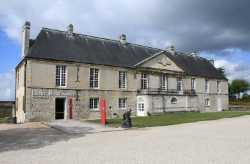 Musée de Normandie
Caen
Musée de Normandie
Caen
 Musée des Beaux-Arts de Caen
Caen
Musée des Beaux-Arts de Caen
Caen
 Musée d’Initiation à la Nature
Caen
Musée d’Initiation à la Nature
Caen
 Galerie R.J
Caen
Galerie R.J
Caen
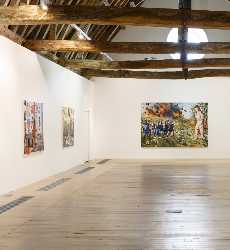 Artothèque de Caen
Caen
Artothèque de Caen
Caen
 La Galerie 170
Caen
La Galerie 170
Caen
 The Artists Galerie des Arts
Caen
The Artists Galerie des Arts
Caen
 YellowKorner
Caen
YellowKorner
Caen
 Galerie Des Sens
Caen
Galerie Des Sens
Caen
 Théâtre de Caen
Caen
Théâtre de Caen
Caen
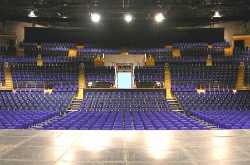 Le Zénith de Caen
Caen
Le Zénith de Caen
Caen
 La Comédie de Caen
Caen
La Comédie de Caen
Caen
 Le Cargö
Caen
Le Cargö
Caen
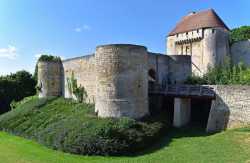 Château de Caen
Caen
Château de Caen
Caen
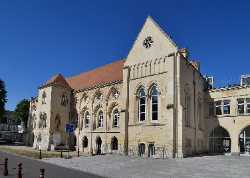 Le Palais Ducal
Caen
Le Palais Ducal
Caen
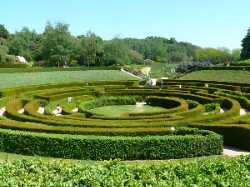 Parc de la Colline aux Oiseaux
Caen
Parc de la Colline aux Oiseaux
Caen
 Vallée des Jardins
Caen
Vallée des Jardins
Caen
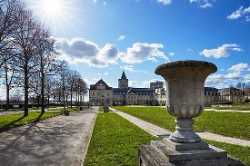 Parc Michel d'Ornano
Caen
Parc Michel d'Ornano
Caen
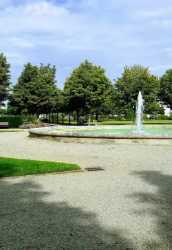 Parc Claude-Decaen
Caen
Parc Claude-Decaen
Caen
 Jardin des Plantes de Caen
Caen
Jardin des Plantes de Caen
Caen
 Abbaye aux Hommes
Caen
Abbaye aux Hommes
Caen
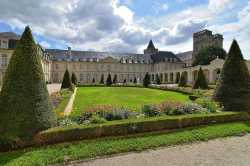 Abbaye aux Dames
Caen
Abbaye aux Dames
Caen
 Église Saint-Pierre
Caen
Église Saint-Pierre
Caen
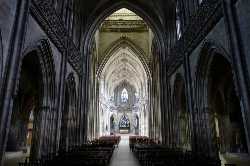 Church of Saint-Jean
Caen
Church of Saint-Jean
Caen
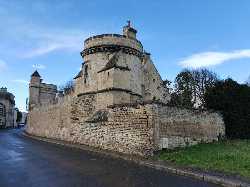 Manoir des Gens d’Armes
Caen
Manoir des Gens d’Armes
Caen
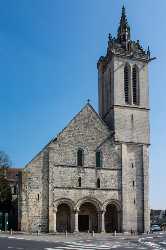 Collégiale du Saint-Sépulcre
Caen
Collégiale du Saint-Sépulcre
Caen
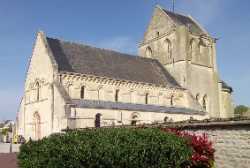 Restes de l’église Saint-Martin
Caen
Restes de l’église Saint-Martin
Caen
 Le Dôme
Caen
Le Dôme
Caen